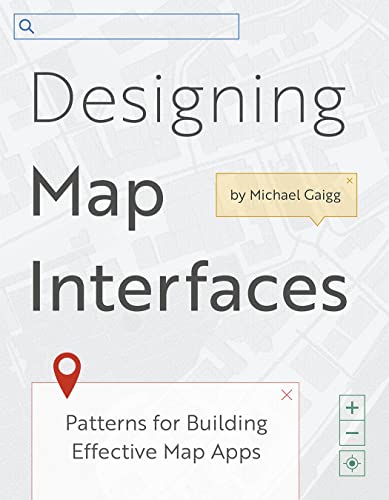New book explores Designing Map Interfaces to build effective Map Apps
Most current courses for software application development focus on technology and architecture rather than the tenets of interface design. Steve Jobs was quoted as saying that “design isn’t just what it looks like and feels like—design is how it works.”
Maps, being inherently visual products, are critically dependent on good design. To support the geographic information system (GIS) professionals, developers, and designers who are building the next generation of mapping products, Esri, the global leader in location intelligence, has released Designing Map Interfaces: Patterns for Building Effective Map Apps.
Whether configuring an out-of-the-box solution, building an app using one of the readily available app builder tools, or working on a custom app project, this book will guide readers toward developing more useful and user-friendly apps.
Teaching the principles and best practices that will help learners create stunning consumer-grade apps, Designing Map Interfaces covers key topics such as how to approach design, and common mistakes to avoid.
The book is written by Michael Gaigg, a user interface (UI) engineer responsible for designing and building front-end solutions that focus on meeting both business needs and end-user goals. With over 30 years of web design experience, Gaigg has published his observations on common and recurring design problems on his popular blog, Map UI Patterns.
Designing Map Interfaces also provides a language for planning and building map apps, made up of UI patterns; these patterns are illustrated through real-world examples. Each of the 41 patterns explored describes a solution to an observed and recurring problem in UI design. The book explains when to use the pattern, why it is important, and what to consider. In turn, readers learn to make educated decisions on solving problems to make their apps work.
Designing Map Interfaces: Patterns for Building Effective Map Apps is available as an ebook (ISBN: 9781589487284, US$49.99) and paperback (ISBN: 9781589487253, US $49.99). This book can be obtained from most online retailers worldwide. Interested retailers can contact Esri Press book distributor Ingram Publisher Services.





















